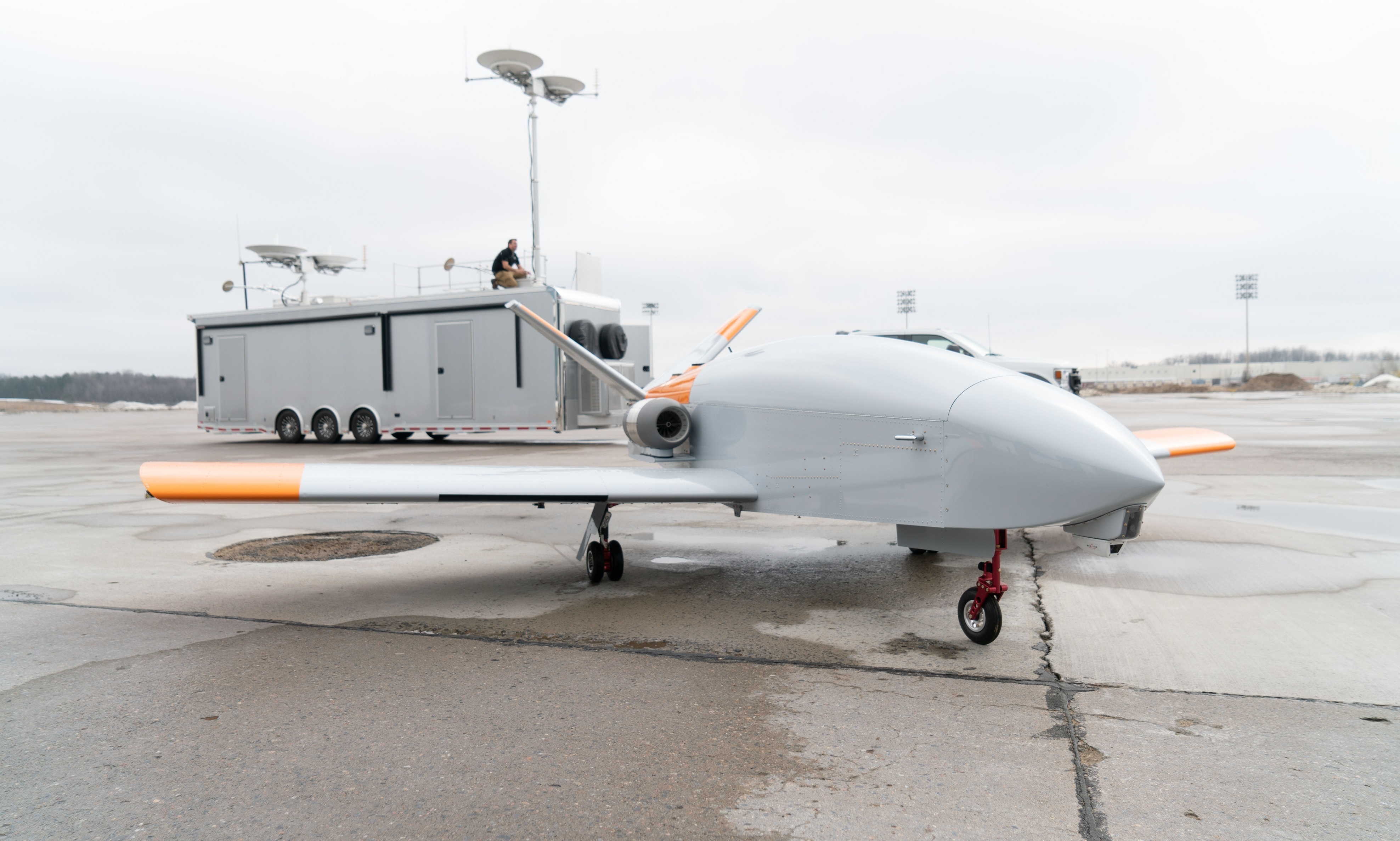Navmar Applied Sciences Corporation (NASC) unveiled their new multirole, dual jet engine unmanned aerial vehicle at the AUVSI XPO 2022.
To continue reading the rest of this article, please log in.
Create free account to get unlimited news articles and more!
The new UAV, dubbed the NASC TRACER, was developed from a modified version of the Sonex Aicraft’s SubSonex airframe providing an affordable and effective UAV solutions.
The TRACER was designed to provide a low-cost alternative for manned-unmanned teaming operations, counter-UAS missions, reconnaissance, communications and electronic warfare.
It has a wingspan on 18 feet and weighs 1,500 pounds, enabling the system to integrate with several payload systems.
“Developing what we at NASC consider a “best value, low risk” UAV alternative to larger and more expensive options is a proud moment for all of us at NASC. Our team has truly gone above and beyond to produce a highly capable platform that answers the call for a multi-mission, jet UAS,” Bryan Hazlett, vice president, UAS Sector at Navmar Applied Sciences Corporation, said.
The company has been providing defence solutions to the United States Department of Defense, as well as leading research organisations that have been utilised in operational environments across the globe.
Closer to home, the UAV race has heated up with steps forward in hypersonic UAV research.
In March, Hypersonix Launch Systems, the University of Southern Queensland, LSM Advanced Composites and Romar Engineering were awarded the grant via the federal government’s Cooperative Research Centres Project (CRC-P) to help develop a reusable UAV that can travel up to Mach 12.
Titled “DART CMP Airframe – a reusable hypersonic platform”, the group is expected to develop a reusable unmanned aerial vehicle (UAV) powered by a SPARTAN hydrogen scramjet engine that travels speed up to Mach 12, making the UAV hypersonic.
According to the University of Southern Queensland, the engines use oxygen from the surrounding atmosphere, which is forecasted to reduce the UAV’s weight by 60 per cent. The university further explained that creating new materials to withstand the immense heat will permit the UAV to be reused for future flights.
“AE stands for additive engineering and is the fully 3D printed version out of high temperature alloys that are already available in Australia,” David Waterhouse, managing director of Hypersonix, said.
[Related: Consortium awarded $2.95m grant for Australian reusable hypersonic UAV]

 Login
Login







